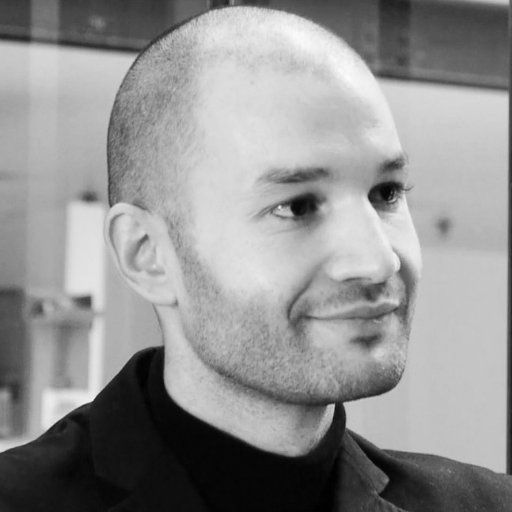What alternatives are there for the people of GAFAM’s final digital frontier – Africa?
#CriticalThinking
Founder of EMERGING Valley, Member of the Digital Strategy Group at the Africa-Europe Foundation and 2020-2021 European Young Leader (EYL40)
While half of the global population was stuck at home during the spring of 2020, the GAFAM ‘Big Five’ – Google, Amazon, Facebook, Apple, and Microsoft – were continuing their expansion to the new frontier. Digital uncertainty is undoubtedly the next addition to the planet’s socio-economic inequalities. As the internet has become an absolute necessity to work and survive during the lockdown, are GAFAM the key to digitally including populations in Africa and emerging countries?
Although access to the internet is easy in the Global North, it is not the same in the South. While Western countries have an internet penetration rate of 95%, African countries all fall below 50%, with Western Africa struggling to reach 41% and Central Africa stagnating at 12%. This gap is due to the costs of developing infrastructure and connecting isolated areas. According to Erik Hersman, CEO of BRCK, “connectivity is all about signal, equipment, and economic cost”. In Africa, the first two sides of the equation are still being worked out, while the GAFAM seem to be coming up with their own answer to the third.
In the context of a global pandemic, not having access to digital public services, e-learning, videoconference, or the internet, in general, can be fatal for numerous businesses and economies, and this applies to Africa as well. American tech giants have thus set their sights on the continent. Over the past few years, the GAFAM companies have been racing to connect Africa in the hunt for the last untapped source of users in the world.
Between 2012 and 2015, the price of a smartphone in Africa dropped from $230 to less than $50. And although over a third of the population has one today, signal is not yet widely available. This is where the web giants want to make a difference, even if it means throwing away the principle of internet neutrality.
Solutions from the field are also emerging
The American firms have already started investing in Africa, with varying degrees of success. In 2016, Facebook made an unsuccessful first bid to expand internet on the continent with its internet.org project. But this failure did not deter Mark Zuckerberg and in 2018 he initiated another project: “Aquila”, a giant solar-powered flying drone which was supposed to emit signals to the most isolated African areas. Although the project was interrupted, Facebook’s efforts were finally successful when the ‘Free Basics’ platform became active. It gives users free access to a restricted, less powerful internet which uses less bandwidth and allows them to view the content of a limited number of partner websites, all while remaining on the Facebook application.
Elon Musk’s SpaceX company has also come up with a crazy idea. ‘Starlink’ – another satellite internet project for remote areas with 42,000 satellites providing “the most advanced internet network in the world”. Launched in April 2020, the satellite is expected to provide internet access by firing ultra-fast laser signals of up to one gigabit of data per second – nearly 100 times faster than underwater cables.
But the most advanced scheme is without a doubt the Google Loon project, which started flying helium balloons in 2011 to provide 4G coverage from an altitude of 20km. Just this month, Google got the go-ahead to use Kenyan airspace and will be using the frequencies provided by the country’s third-largest operator ‘Telkom Kenya’ to extend its customers’ 4G network from way up in the stratosphere.
Solutions from the field are also emerging. Although such initiatives are developed on much smaller scales, they are way more inclusive as they respond to practical and daily challenges faced by the African populations.
This concept is as simple as it is revolutionary: get everyone everywhere connected regardless of their income
This is true of the African start-up BRCK which develops public wireless terminals in Rwanda and Kenya using a B-to-B-to-C model. Its MOJA internet browser is free for nearly 2,000,000 end-users and captures neighbouring networks to generate up to 100 connections per device.
This concept is as simple as it is revolutionary: get everyone everywhere connected regardless of their income. The business model is based on the digital value new consumers generate by answering small questionnaires and surveys in return for being able to surf the net for free. It works via the thousands of Wi-Fi antennas directly installed inside matatus – the popular and inexpensive minibuses that roam every corner of the country – coupled with fixed antennas in rural areas. The project’s impact can be enormous, especially considering that over 80% of Kenyans still do not have access to the internet.
Another alternative has been developed by the European company ‘Be-Bound’ and is all about optimising mobile networks by allowing applications to consume less bandwidth and using the traditional telephone network in areas without internet. This business model ensures that all stakeholders get paid and the service remains accessible to its users.
It is due to the conviction of entrepreneurs like Erik Hersman, who dream of linking up the strength of the digital giants’ signal with the ability of companies such as BRCK or Be-Bound, that one day such cooperation will make the internet available and affordable for everyone.
Stay informed
